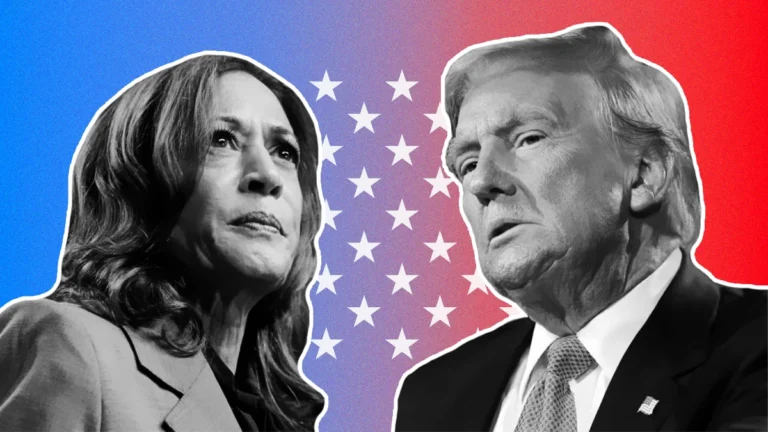As the United States gears up for the presidential election on November 5, the race is intensifying between Vice President Kamala Harris and former President Donald Trump. Initially a rematch of the 2020 election, the landscape shifted dramatically in July when President Joe Biden suspended his campaign and endorsed Harris.
Table of Contents
National polling averages
Current polling averages indicate that Kamala Harris is leading Donald Trump. As shown in various charts, her lead has emerged following a series of campaign events that energized her base. Before Biden’s exit, polls typically showed him lagging behind Trump, but Harris has gained momentum, maintaining a slight edge.
The impact of the debate
A pivotal moment in the campaign was the televised debate held on September 10, which attracted over 67 million viewers. Post-debate polls indicated that most audiences favored Harris, suggesting her performance positively impacted her polling numbers. Her lead slightly increased from 2.5 percentage points on debate day to 2.9 points a week later, primarily due to a decline in Trump’s support.
Understanding the electoral college
While national polls provide insight into overall popularity, they don’t accurately predict the election outcome due to the US electoral college system. With a total of 538 electoral votes, a candidate needs 270 to secure victory. Notably, only a few states, known as battleground states, are competitive and will determine the election’s outcome.
Current battleground state dynamics
Recent polling data indicates a tightly contested race in several battleground states, where candidates are separated by just one or two percentage points. States like Pennsylvania, Michigan, and Wisconsin are crucial, as they have historically leaned Democratic but swung to Trump in 2016. Harris’s ability to reclaim these states is vital for her chances of winning.
The role of polling organizations
The polling averages discussed here are compiled by 538, a reputable analytics website affiliated with ABC News. They aggregate data from various reputable polling firms, ensuring transparency and reliability in their methodology. Despite their rigor, polls can sometimes misjudge public sentiment, as seen in previous elections.
Polling challenges ahead
As we approach Election Day, predicting the winner remains challenging due to the narrow margins in battleground states. Past elections demonstrated that polling underestimated Trump’s support, prompting pollsters to refine their techniques. However, adjusting for voter turnout and demographic representation continues to be a complex task.
Read also: US elections, how much do they cost? Here are the most expensive ones in American history












